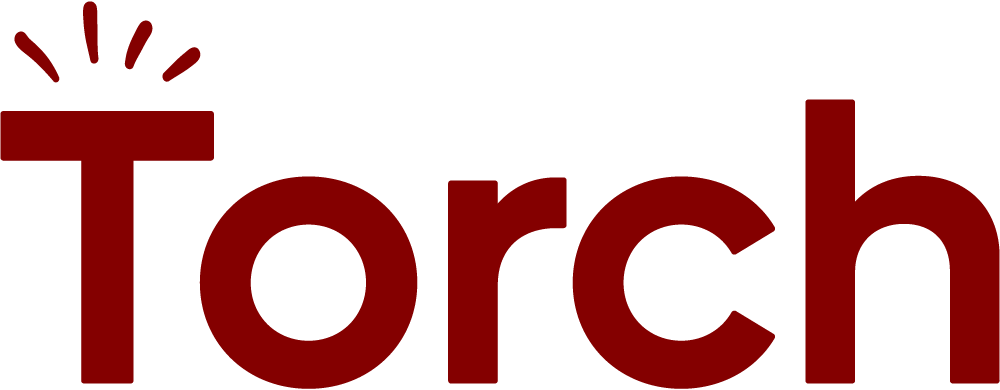Tips from Our Coaches: How to Create Work/Life Balance

Q: “How do I create work/life balance?”
We asked our coaches about how they help their clients create work/life balance. Here are their tips and tricks:
#1 Take time off and properly prepare
“Make sure you take proper time off. In order to be better at work, you need to be better at life. Plan ahead and let people know you will be away and ensure someone will cover for you.” – Bego Lozano
“Communicate with your leader(s) and team about your upcoming plans and what you are committed to doing in advance to prepare for that time away.” – Veronica Matthews
“Clarify with your team what is an emergency that you must be contacted about and how you wish to be contacted. This will help you relax as you know they will feel comfortable contacting you” – Olga Saldarriaga
#2 Invest in smaller practices of self-care
“Take time to invest in self care, including exercising, meditation, meeting friends and family, enjoying hobbies, taking time to eat meals, and taking regular breaks from long hours of sitting.” – Rekha Radhakrishnan Upadhyay
“Identify activities that bring you joy and schedule time to do them.” – Olga Saldarriaga
“Whenever possible, make it a point to have lunch outdoors, even eating in your backyard counts.” – Olga Saldarriaga
“Schedule your time so you can be 100% present to where you are. Short shrifting either creates guilt or a feeling of inadequacy.” – Alison Godfrey
#3 Maintain personal boundaries
“Since the sun sets later, we can get distracted and work longer hours. Instead of guiding yourself by the sunset, set an alarm to remind you to stop.” – Bego Lozano
“Prioritize and protect your boundaries. Lean on your back-up, team and leaders to protect the boundaries and schedule you have established, so that together, you work through shifts in work or responsibilities that may be needed.” – Veronica Matthews
#4 Identify what makes you whole
- “Put the most important things in your life first. This is a dynamic reckoning and requires attention every day. When you can honestly say you feel right by each item (e.g., health, relationships, finances, greater purpose, etc.), then balance will be there naturally, growing and changing as life unfolds.” – David Dunnington
If you’re interested in learning more about work/life balance, we’d encourage you to check out this article on becoming a more resilient leader through practicing mindfulness.
————
This article was featured in Torch’s newsletter, Curiouser. Each month, we deliver the latest research, stories, questions, and insights about the art and science of coaching to your inbox. Sign-up and join a community of people who are passionate about growth, learning, and leadership.













